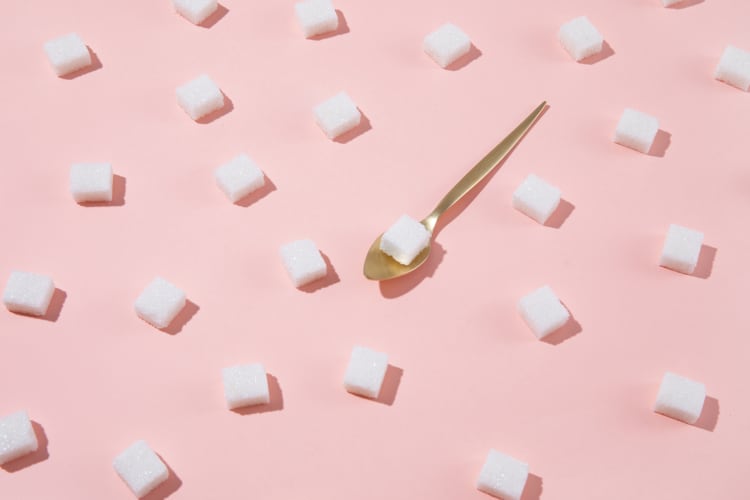Reducing the amount of sugar they eat is the number one dietary change consumers have made over the last year, data from HealthFocus International reveals. Consumers believe this is the top way that food and beverage manufacturers can make processed products healthier.
“Sugar content is what consumers now look for most often on front-of-pack,” confirmed Helen Hook, Sugar Reduction & Specialty Sweeteners Platform Leader, EMEA, at Ingredion. She explained the ingredient supplier’s proprietary consumer research suggests one-third of shoppers are actively reducing their sugar intake.
Hook does not expect food and beverage industry reformulation efforts to slow. Far from it. “With sugar consumption continuing to increase and public health concerns about rising obesity rates, the sugar reduction trend will become more significant,” she predicted, pointing to the potential impact of regulatory moves and the growing momentum behind front-of-pack labelling like Nutri-Score as important tailwinds.
Research from fellow ingredient manufacturer ADM supports this view, suggesting as many as eight-in-ten EU consumers are actively avoiding or reducing sugar.
Sarah Diedrich, Marketing Director of Global Sweetening & Texturizing at ADM told us that ‘motivations vary’ for this high level of engagement with sugar reduction. Health is an important factor, she suggested, but this can range from those who are restricting calories to people with conditions that necessitate dietary change. Sometimes, the ingredient expert continued, it is as simple as people believe sugary products are ‘too sweet’.
“Although the drivers vary, the importance of sugar reduction does not,” Diedrich stressed.
From beverages to biscuits: Where are we looking for lower sugar options?
Beverages have long been a sugar reduction battleground. The European soft drinks sector has delivered a 3.6% reduction in average added sugars between 2019 and 2021, according to UNESDA Soft Drinks Europe. This marks a 17.7% reduction since 2015 across all soft drinks except water and juices.
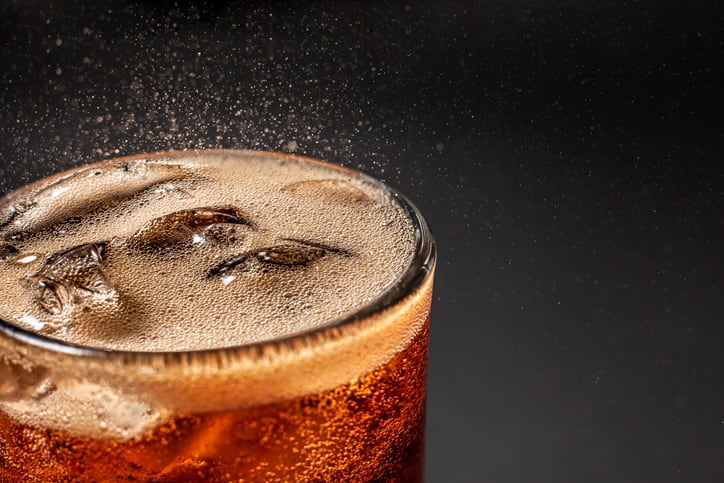
Diedrich believes this beverage focus will continue but notes that awareness of sugar in soda is spreading to other product formats. “The beverage space has certainly maintained momentum for producing low-sugar offerings, propelled by consumers’ continued demand in this space. Out of EU consumers engaged in sugar reduction, 86% state it is specifically important in non-alcoholic beverages. Notably, the beverage category has acted as a catalyst for consumers’ wider sugar-reduction efforts,” she observed.
We should therefore expect sugar reduction to gain momentum in areas like alcoholic drinks, with 65% of EU consumers engaged in sugar reduction saying it is also important in the boozy aisles of the supermarket. “As the hard seltzer space continues to expand and saturate the market, sugar and sweeteners will become even more prominent in that category. Our research shows that above all, consumers want hard seltzers to taste great, with alcohol by volume (ABV) ranking second and calories ranking third. On top of that, consumers are most likely to gravitate towards hard seltzers that are transparent when poured out of the can,” the ingredient expert revealed.
Ingredion’s Hook concurred that demand for reduced sugar options is broad-based. “We are seeing products launching across all categories with reduced, low, no added or even zero sugar claims, even in the most indulgent of categories like ice cream and sweet biscuits,” she said flagging Innova data that shows ice cream and biscuit launches with sugar messaging saw CAGR from 2017-21 of 13% and 14% respectively. “Sports Nutrition is also a growing area for reduced sugar claims as well as the dairy alternatives market.”
Elsewhere, categories that have become associated with hidden sugars like condiments and sources may risk reputational damage if reformulation efforts are not ramped up.
ADM’s Diedrich added: “Bars and snacks come in at 83% importance for sugar reduction, especially as people are increasingly looking for more functional snacks to incorporate into their everyday routines. Today’s consumers tend to use snacks for short-term functional objectives, such as an energy boost in the afternoon, while avoiding high sugar content.”
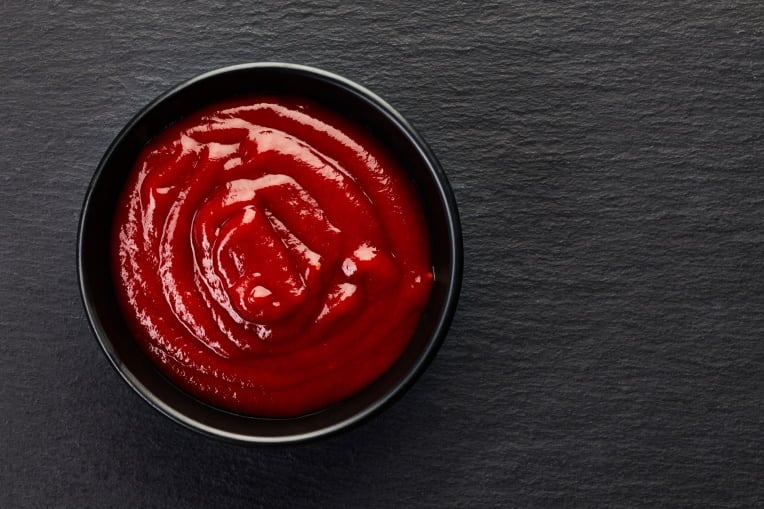
Seeking nutritional balance
If consumers want products that don’t have as much sugar, what do they want to replace it with? Dr J.I.X Antony, Vice President of Innovation at ofi, told us they certainly don’t want to swap to low-sugar options that don’t deliver the taste experience they are looking for, stating a desire for low sugar options ‘doesn’t mean people will compromise on taste to reduce their sugar intake’.
Currently, products that are high in sugar are often viewed as low in positive nutrients. This situation, Dr Antony told us, is an opportunity for food formulators.
“The ‘mindful indulgence’ trend is resulting in new formulations packed with flavours to intrigue and delight consumers. These flavours often double up to provide nutritional benefits. For example, incorporating fruits or nuts can give snack bars an improved protein or fibre content. In chocolate and confectionery, producers are now also using the natural flavour of cocoa as a sugar reducer, to deliver the impact and indulgence consumers crave.”
One of the biggest challenges when replacing sugar with high intensity sweeteners in formulations is the loss of its functional properties, like bulking and texturization. Adding ingredients associated with positive nutrition can provide products with an additional USP, the ofi innovation chief continued.
“We’re most excited about realizing the potential of using natural, nutritious ingredients to replace sugar,” he said.
“Formulating for the growing sugar-free category, usually means incorporating high-intensity sweeteners like Stevia or monkfruit. Here, cocoa powder can soften the off tastes of these ingredients, creating a complete flavour profile rather than just sweetness overload. Red alkalized cocoa powders… offer a smoother, less bitter flavour profile meaning products don’t need as much sweetening. Another effective way to maintain a rich mouthfeel and flavour in chocolate products is by incorporating zero-fat cocoa powders or medium alkalized cocoa powders, which can help reduce sugar content in a recipe.”
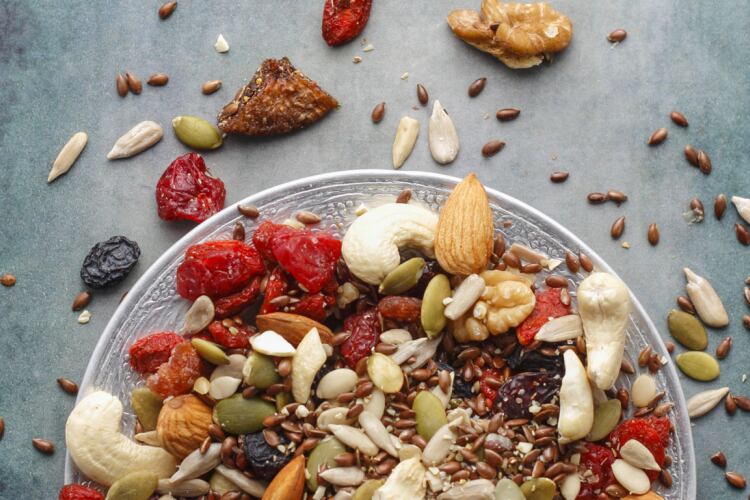
Keeping it ‘close to nature’
The evolution of consumer demand to include values in their purchase decisions means people are looking for ingredients that they see as ‘close to nature’, Diedrich told FoodNavigator.
“Consumers’ interest in reduced-sugar offerings is set to go beyond sugar content itself and focus even further on sweetener choice. Clean label demands are now a mainstay for shoppers, and they’re starting to further examine product labels for the types of sweeteners used in their food and beverage purchases. People are increasingly shopping based on their values, and they want to purchase products that are good for them and for the planet. With that, they’re drawn to product labels that are short and highlight ingredients they consider to be closer-to-nature.”
Looking at sweetener selection itself, Ingredion’s sugar reduction lead Hook also stressed the importance of opting for natural over artificial. “Consumers are looking to move away from artificial sweeteners, seeking more natural, plant based sustainable options linked to the growing plant based trend,” Hook elaborated. “Naturally sweetened is currently the number one claim in relation to sugar reduction. As a result, we expect to see an increase in the demand for sweeteners like stevia which are plant based but also zero calorie. In fact, stevia is ranked number two after honey when consumers were asked to rank their preferred ‘natural sweeteners’.”
Because of this, Hook is upbeat about the role innovation in the natural sweetener space is likely to play in future sugar reduction. “Innovations in Reb M stevia production, bioconversion and precision fermentation are two of the most exciting developments coming in the short term, delivering more cost effective, sustainable solutions to manufacturers looking to achieve deeper sugar reduction,” she said. “Developments in flavour modulation solutions is another area which can significantly impact the way manufacturers formulate sugar reduced products. Labelled as natural flavour, these ingredients can support sugar reduction in applications like baked goods where stevia is not permitted as a sweetener.”
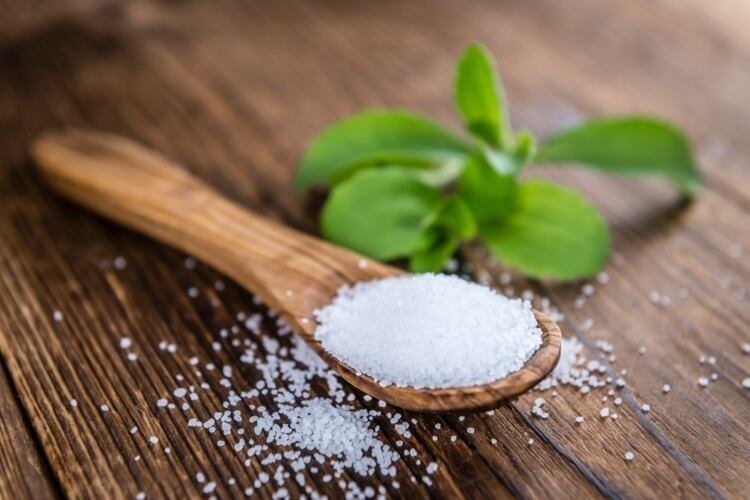
Novel sweeteners are also expected to play a role. For example allulose, a novel rare sugar, is currently making its way through the Novel Foods process to gain regulatory approval in Europe. “For functional build back, allulose will certainly be a great option to support manufacturers who need ingredients to replace the other functionality that sugar brings like texture, browning and freeze point depression."
However, Hook noted, there are some limitations to the impact novel ingredients are likely to have on the market. “We expect new novel sweeteners to be discovered, however the regulation process & cost often limits commercialisation so many developments will focus on improving cost, efficiencies and quality of existing products.”
Elsewhere, Diedrich added, options like specialty syrups are making a splash. “Specialty syrups are currently gaining traction in the sweetening solutions space, which are both meeting consumer demands and providing significant ease of processing for formulators. Specifically, we find that 53% of consumers have a very positive or positive perception of rice syrup and 48% for tapioca syrup... They are drop-in syrup replacements from recognisable sources, enabling straightforward incorporation for a plethora of applications, along with contributing to consumer-friendly labels.”

